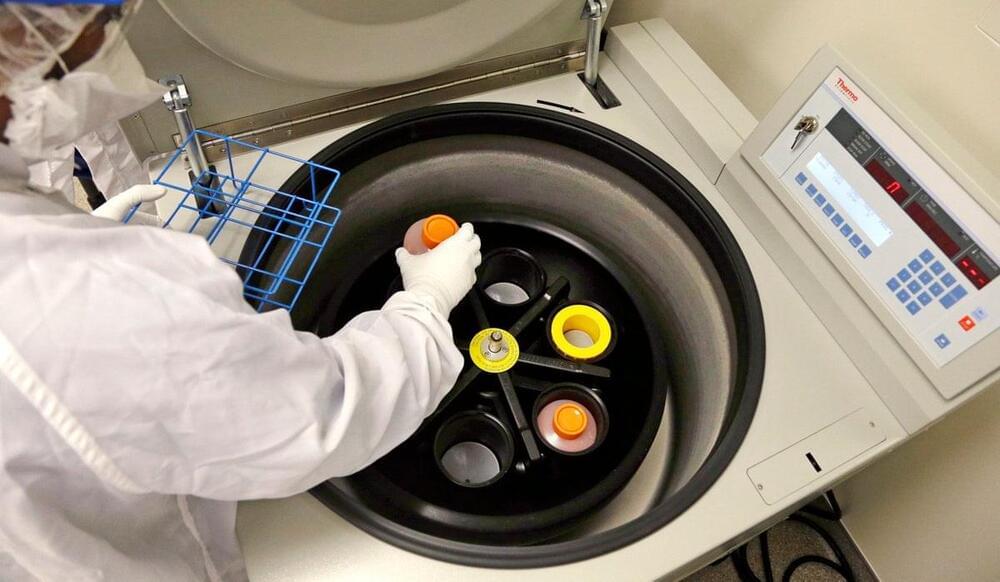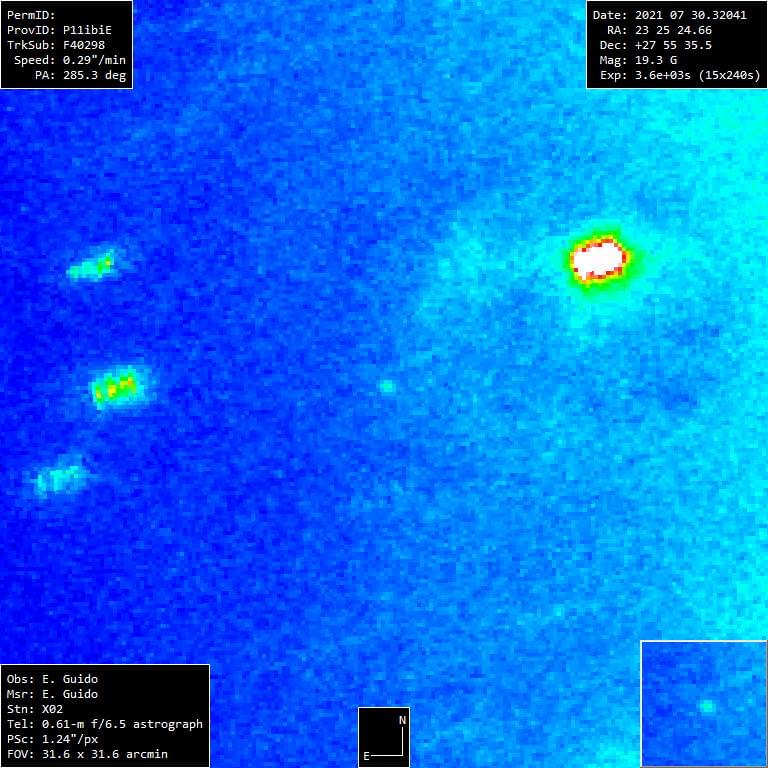Tracking travel patterns of subatomic particles called muons helps reveal the inner worlds of pyramids, volcanoes and more.



Aulos Biosciences is now recruiting cancer patients in Australian medical centers for a trial of the world’s first antibody drug designed by a computer.
The computationally designed antibody, known as AU-007, was planned by the artificial intelligence platform of Israeli biotech company Biolojic Design from Rehovot, in a way that would target a protein in the human body known as interleukin-2 (IL-2).
The goal is for the IL-2 pathway to activate the body’s immune system and attack the tumors.


A comet discovered last July is fast approaching our part of the solar system and might reach binocular visibility (at least) by May 2022. It’s designated C/2021 O3 (PanSTARRS). The comet will be emerging into our western evening sky at least by early May. The comet is currently passing close to the sun, and it might not survive that passage … but if it does, get ready! Charts below.
Comet PanSTARRS will come close to the sun, closer than the planet Mercury. Its closest point, called its perihelion, will come on April 21, 2022. It’ll sweep 0.29 astronomical units (AU) from our star (1 AU = 1 average Earth-sun unit of distance). So – given that Mercury’s sunny side reaches temperatures of around 750 to 800 degrees Fahrenheit (up to about 430 degrees Celsius) – you can see that Comet C/2021 O3 (PanSTARRS) will really feel the sun’s heat.
That’s why Comet C/2021 O3 might disintegrate, as some comets do, when nearest our star.
The 3D-printed containers keep a log of all break-in attempts, meaning your snail mail just got way safer.
Suppose you want to mail a court document to someone across the country—you don’t want anyone to see the secure information inside, of course. So, you seal it into a container that has special sensors built into its walls, and electronics that monitor the shield of sensors. Now, the container is armed and monitoring.
On the way to its intended recipient, let’s say the container is hacked. When the intended recipient later opens the container, they pull out the court document, along with an SD card (just like the ones you might use to store digital photos). They plug the card into a computer and look at the file. They see an encrypted historical record of the container’s experiences, from the time you put that document into the container and sealed it, up until the time they opened it. In the list of messages is a notification about a tampering attack, along with the date and time of the incident. The message also specifies the type of breach detected, such as the container being opened or cut.
A team at Los Alamos National Laboratory in New Mexico hopes this ability to see recorded, real-time security information about sensitive physical materials will become an everyday tool. Using a 3D printer, engineers built a prototype “Tamper-Evident Container” (TEC) that looks like a cylindrical box on the outside, but inside holds a complex network of sensors and electronics that record potential break-ins.


Summary: Glutamate binds to the subunits of its receptor only in specific patterns. The findings upend previous belief that each subunit binds glutamate independently and points to a new level of complexity in neurotransmission and drug response.
Source: Columbia University.
One of the most important molecules in the brain doesn’t work quite the way scientists thought it did, according to new work by researchers at Columbia University Vagelos College of Physicians and Surgeons and Carnegie Mellon University.

NEW ORLEANS— Donated immune cells mixed with a molecule that helps them home in on tumor cells have dramatically shrunk tumors in most of the 22 people with blood cancer who received experimental infusions. The results, reported yesterday at the annual meeting of the American Association for Cancer Research (AACR), are a new twist on cell therapies that harness a patient’s own immune cells to treat cancer. The new treatment is simpler to make than other cell therapies for advanced lymphoma, or cancer of the lymph system, the study’s leaders say.
“It’s an interesting idea,” says hematologist and oncologist Jeffrey Miller of the University of Minnesota, Twin Cities, who was a panelist at the plenary session where the work was presented.
CAR-T cells, immune cells genetically modified to carry a surface protein that helps them home in on cancer cells, are the best known cancer cell therapy. Although approved for some types of leukemia and lymphoma, CAR-T cells can cause serious side effects and must be custom-made from a person’s own T cells.


In 2010, Apple software engineer Gray Powell left a in a bar in Redwood City, California. In an era where nearly every device leaks before it’s officially announced, images of a new iPhone showing up online seem quaint. But at the time it was a big deal and the incident even came to. Now, more than a decade later, images of another highly anticipated device have made their way online in much the same way.
On Saturday evening, Android Central photos of Google’s long-rumored Pixel Watch. The outlet says it obtained the images you see throughout this post from someone who found the smartwatch at a restaurant in the US. The photos confirm the Pixel Watch will feature a circular face with minimal display bezels. If you look closely, you can see the wearable’s band attaches directly to its case, with a latch mechanism that looks proprietary to Google and reminiscent of the design employed by Fitbit on its Versa and Sense smartwatches (Google the company in 2021).
The watch features a single button next to its crown and what looks like a microphone or altimeter port. On the back of the device, you can see an optical heartrate sensor. Unfortunately, the watch wouldn’t go beyond its boot screen so there are no photos of it running.